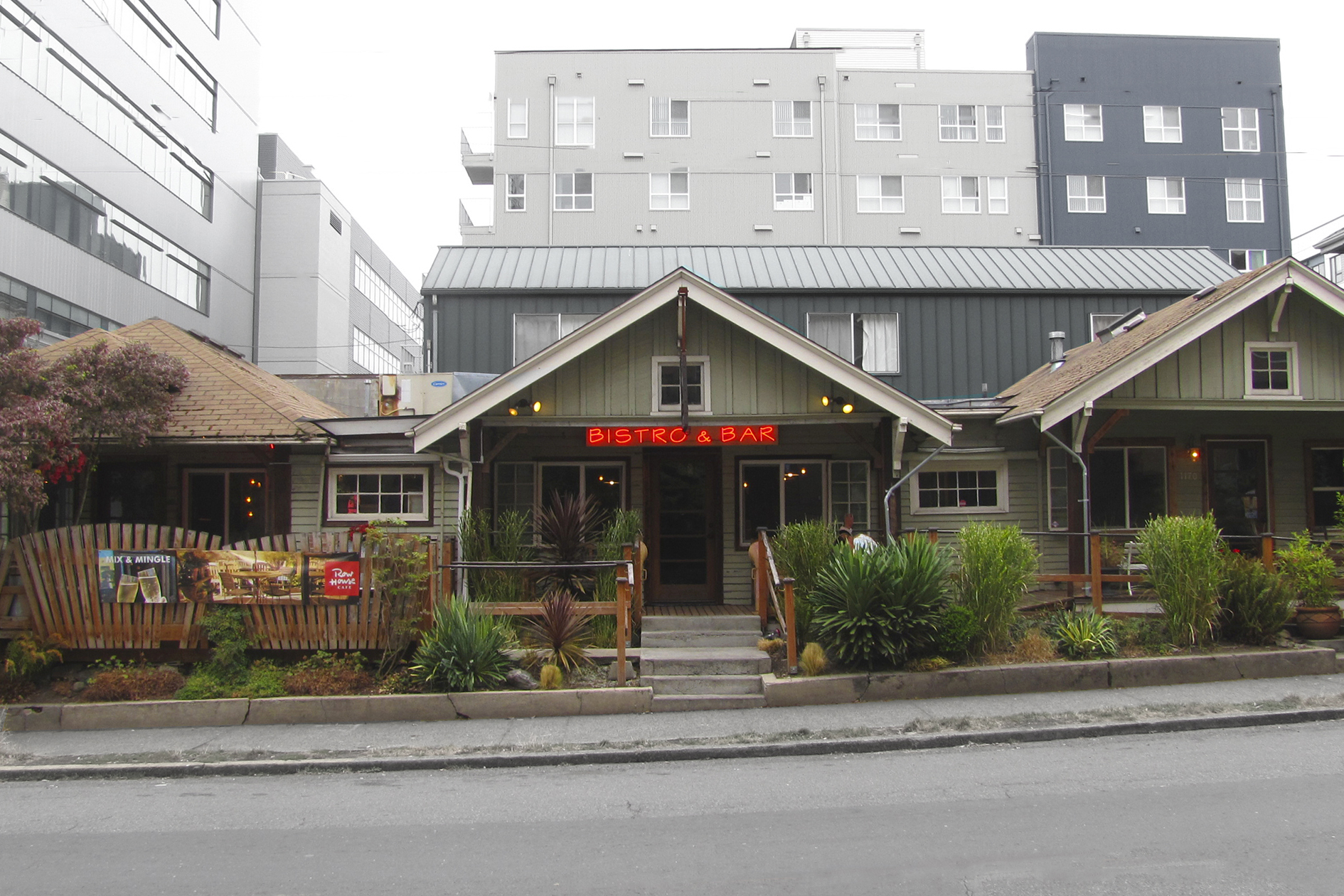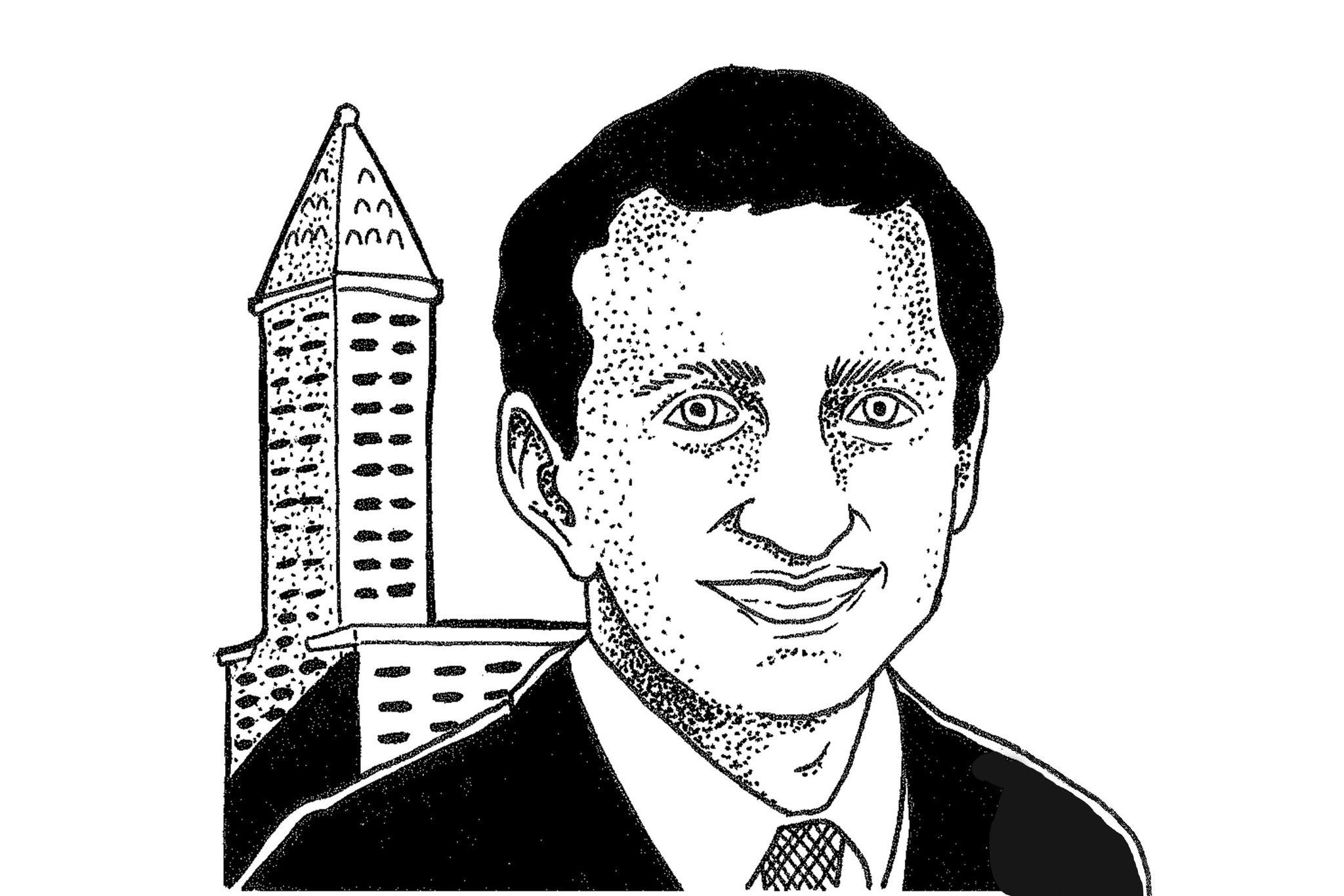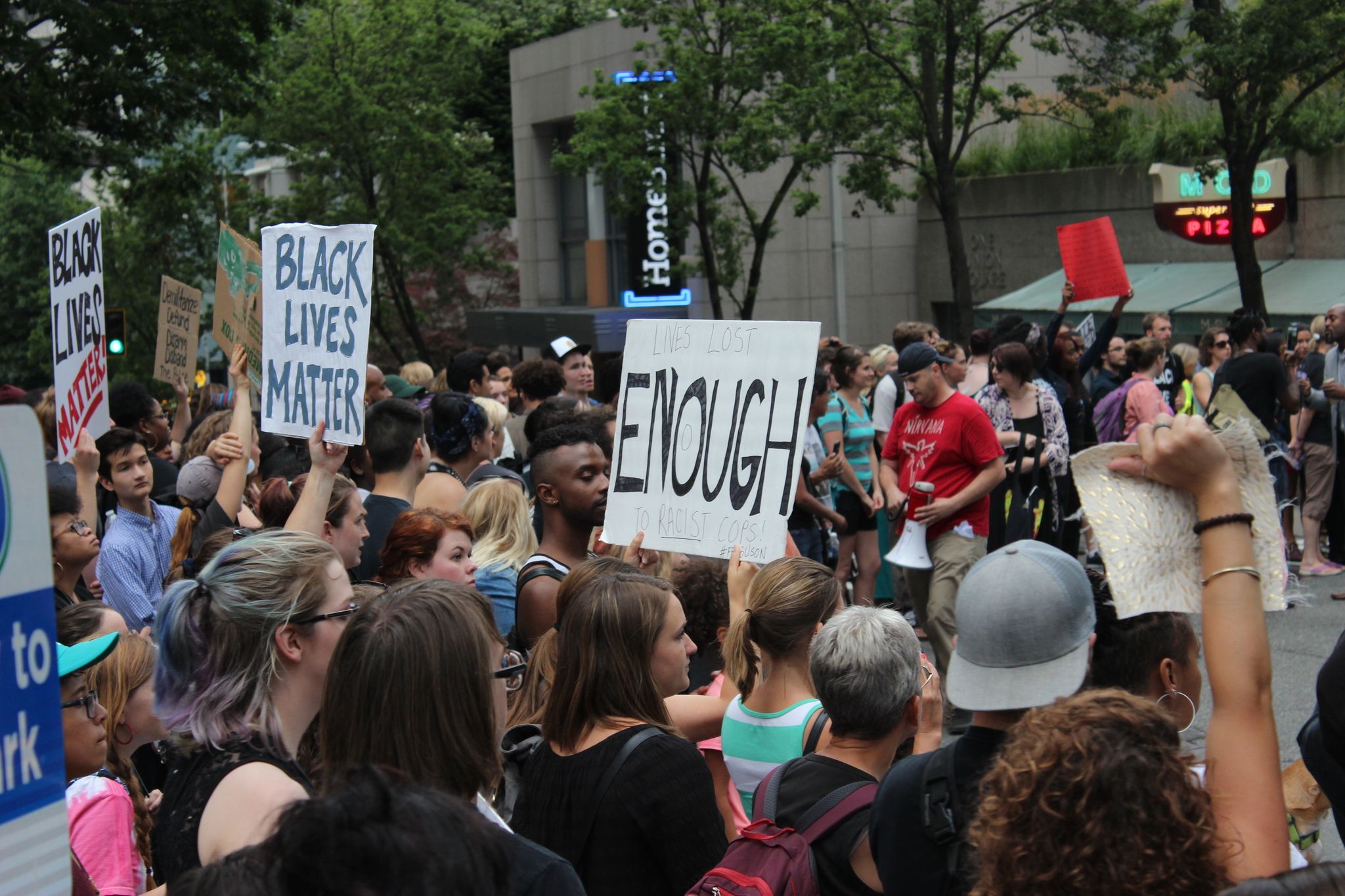On the night of Sunday, July 31, two Seattle police officers responded to a call about a young woman lying on her back unconscious in the 900 block of Pine Street.
Witnesses said that the woman had been lying there unresponsive for around five minutes. When the officers arrived, they found she had a very faint pulse, was extremely pale, and didn’t look like she was breathing. Examining the victim, the officers noticed the hypodermic needles beside her and determined that the best course of action would be a dose of Naloxone. Four minutes after administering the nasal spray, the 21-year-old was breathing steadily again and speaking in complete sentences, providing officers and fire department responders her name and birthdate, brought back to consciousness all thanks to a little nasal spray carried by police.
Officers intervened in another overdose incident on August 2. Two officers on patrol near Fifth Avenue and Pine Street noticed a man slumped over against a store window. The man’s body was clenched and rigid, his breathing faint, and the marks on his arms appeared to be needle injection sites. Naloxone was administered to the 27-year-old via nasal spray, and shortly thereafter he regained consciousness and walked away under his own power after refusing medical service.
There’s a possibility that just six months ago these people would have died from their overdoses, simply because the officers didn’t carry Naloxone kits. But the easy-to-use drug has become the latest tool in Seattle’s new approach to addiction—one that has transformed the War on Drugs into a humanitarian mission.
The deployment of Naloxone on the streets puts Seattle at the forefront of a quickly shifting conversation about drug abuse in America, a sea change captured by Surgeon General Vivek Murthy last week when he visited to highlight the city’s efforts as a model for the rest of the country.
“We have to change how our country sees addiction,” Murthy said during the visit. “For too many people, addiction is a character flaw or a moral failing. That’s not the case. We have to help people see addiction for what it is: a chronic illness of the brain.”
It is a radical shift in policy. But how did we get here?
Since the late ’90s, doctors in the U.S. have been prescribing high-strength painkillers called opioids. Between 1999 and 2014 the popularity of these drugs exploded; the sale of prescription opioids nearly quadrupled in the U.S., and as a result it was estimated in 2012 that some 2.1 million Americans were addicted to prescription opioid pain relievers. After Washington passed a law in 2010 which sought to combat the epidemic by limiting doctors’ ability to prescribe opioids, many addicts began turning to heroin.
Unfamiliarity with heroin, coupled with the inherent potency fluctuations associated with the black market, caused a spike in overdose deaths—a 58 percent increase in the Seattle area alone between 2013 and 2014. In response to this spike, the state legislature in 2015 passed House Bill 1671, which allows health-care practitioners in Washington to distribute opioid-overdose medications like Narcan (one of the brand names for Naloxone) to anyone who might be present at an overdose. This includes law-enforcement personnel, emergency medical technicians, and any laypersons who might encounter an overdose.
Naloxone, an opioid antagonist which comes in a nasal spray or an injectable syringe, is designed to pull opioid users out of an overdose. The drug’s strong attraction to the opiate receptors in the brain pushes opioids away, taking their place and bringing the victim back from the brink of potential death.
In March, SPD, the University of Washington, and the Marah Project announced an initiative to equip 60 bike cops with Naloxone kits. The initiative followed a 2012 survey, conducted by UW drug researcher Caleb Banta-Green, that found 64 percent of police officers had encountered an overdose in the prior year, but only 8 percent had accurate knowledge about Naloxone. In just four months, Seattle cops carrying the kits managed to intervene in 11 overdoses. SPD is also collecting data as part of a UW study regarding the use and effectiveness of carrying the drug—at the time of its inception, the first such study in the country to be conducted in collaboration with a police department.
Advocates see the deployment of Naloxone as a logical step in a city that has already taken aggressive action to keep drug addicts out of jail and in treatment through its Law Enforcement Assisted Diversion (LEAD) program. “It’s an extremely positive shift as we see law enforcement changing their approach and seeing the shift more toward a public-health paradigm being applied,” says Patricia Sully, the community liaison for LEAD and a coordinator for Voices of Community Activists and Leaders (VOCAL), a harm-reduction and safe-consumption advocacy group. “Seattle police officers carrying Naloxone is a wonderful step.”
Shilo Murphy, director of the People’s Harm Reduction Alliance in the University District, agrees. “Another generation of drug users will not have to die the way my friends died, and this generation of drug users can see the police as the people who save their lives instead of the people who target and arrest them… . I think we need to focus our efforts on keeping people alive and less on targeting and harassing them,” says Murphy, whose organization also distributes Naloxone.
Murphy has seen first-hand the huge shift in attitude toward Naloxone among Seattle police. Back in 2000, Murphy and several friends established a group they dubbed the Needle Pirates, which acted as an underground Naloxone distribution network. Murphy said they got the drug from various back-channel sources—including a Vietnam-vet EMT who’d make Narcan runs to Tijuana.
The Needle Pirates’ sole focus was preventing overdose deaths in Seattle and the Puget Sound area by distributing Narcan to as many at-risk heroin and opioid users as they could. Murphy recalls the looming threat of getting caught that came with distributing the drug. “When we were handing out Narcan in 2000, when it was completely illegal, the police department was stopping drug users and asking them where they were getting this Narcan [and] telling people they need to stop this illegal Narcan trade,” Murphy says.
By his estimate, he has had to administer Narcan to some 75 overdose victims, either in his personal life, at the Peoples Harm Reduction Alliance needle exchange, or while educating about safer practices at consumption sites. Murphy has also personally received Narcan doses on seven occasions. The experience, he says, is memorable: “It’s like falling asleep in your bed and then waking up in the Arctic Ocean.”
Seattle Police Sgt. Sean Whitcomb acknowledges SPD’s pivot away from the “War on Drugs” framework. According to him, “This has been a gradual but constant departure from the old philosophy that everyone who has ever touched drugs needs to be incarcerated… . Right now there is much more recognition that the idea of incarceration is not a solution; it certainly is not the long-term approach that this problem requires.”
The SPD’s adoption of Naloxone certainly marks a clear shift in police response to substance abuse—a shift that advocates say serves to benefit Seattle in more ways than one. “As we move away from the ‘War on Drugs’ paradigm and into this public-health paradigm where addiction is addressed more in line with public-health values and public-health approaches,” says Sully, “I think that is not only more cost-effective, it also produces better outcomes for people who are living with substance abuse.”
ntwietmeyer@seattleweekly.com








